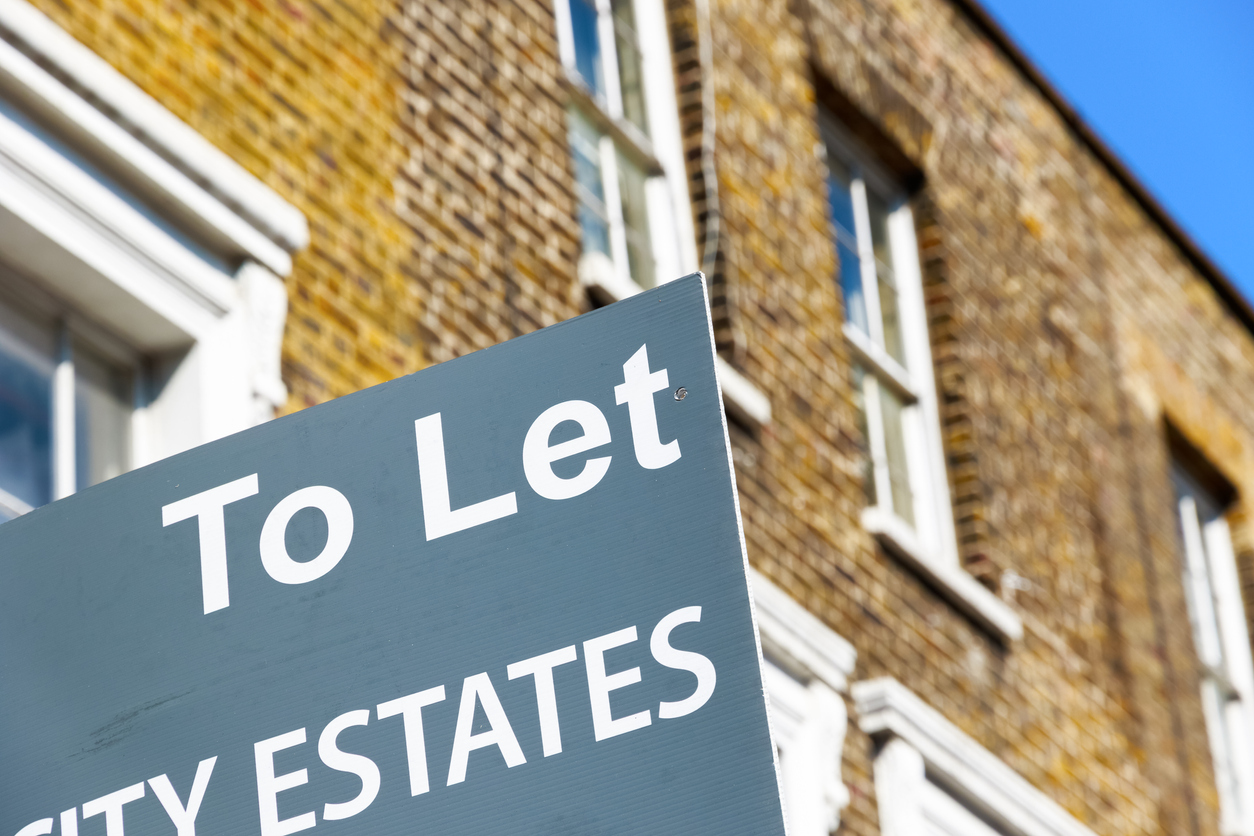Household Bills
Tenants spend record £71.5bn on rent in 2022

Tenants spent a record sum on rent last year as analysis finds that households in the poorest areas of England and Wales are far more likely to be renting compared to the richer areas.
The number of households privately renting in the 10% most deprived areas of England and Wales increased at a rate nearly double the 10% of richest areas over the past 10 years.
Between 2011 and 2021, there were an extra 151,800 homes renting in the poorest areas compared to a 80,100 rise in the least poorest areas, according to a study of the latest census data by agency Hamptons.
Almost a quarter of households in the poorest parts of the country rent privately, compared to 13% in the most affluent areas.
The rent paid by the 10% most deprived areas has doubled in a decade from £2.7bn in 2012 to £5.4bn in 2022.
Tenants spend at record levels
And across the whole of England and Wales, tenants spent a record total of £71.5bn on rent last year. Just over half the figure came from rising rents, while the rest was an increase in privately rented homes.
Overall, around 60% of privately rented homes are found in the 50%t least affluent areas. Homeownership rates fell across the country over the last decade, but generally held up more strongly in the most affluent areas.
The average rent on a newly-let home in the UK ended the year at £1,216 pcm in December, 7.7% up on December 2021. This means that the average tenant moving home will now be paying an extra £1,044 in rent each year, according to Hamptons’ data.
The lack of supply has fuelled rent rises, with 41% fewer homes available to rent than in December 2019. At the same time, there has been a 6% increase in the number of tenants looking for a new home.
Home ownership beyond the reach of many
Aneisha Beveridge, head of research at Hamptons, said: “Growth in the private rented sector over the last decade has come on the back of fewer younger people buying their own home, particularly in the less affluent areas.
“While tighter mortgage lending criteria introduced following the financial crash has reduced the number of borrowers struggling to make their mortgage payments, it has also put homeownership beyond reach for some people on below average incomes with small deposits.
“There has been an array of homeownership schemes over the last decade. And while they’ve helped hundreds of thousands of people onto the housing ladder, typically the biggest beneficiaries have been more affluent tenants.
“Higher interest rates are likely to exacerbate the divide between more and less affluent tenants further, putting mortgage payments for lower earners with limited savings out of reach.”